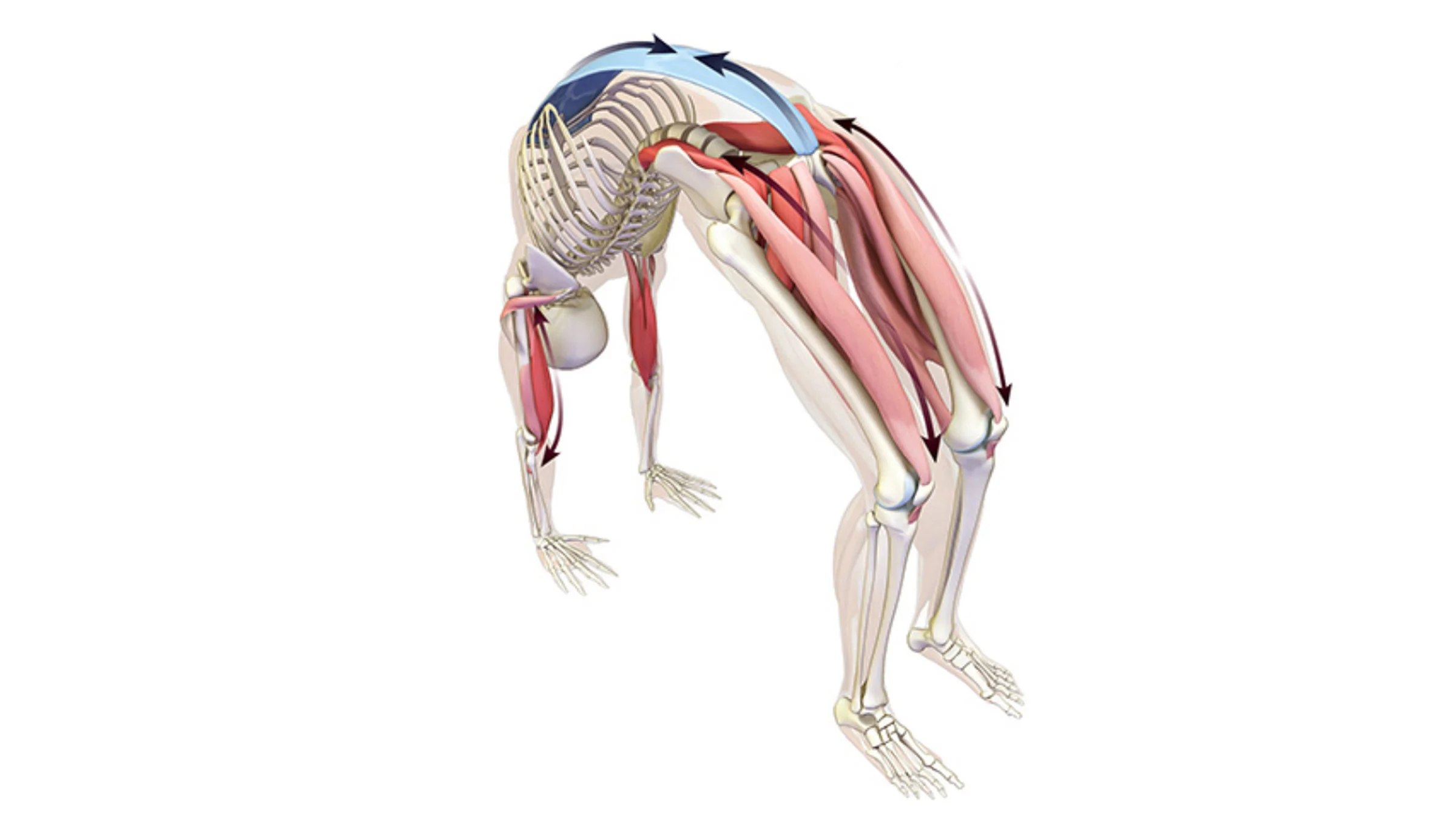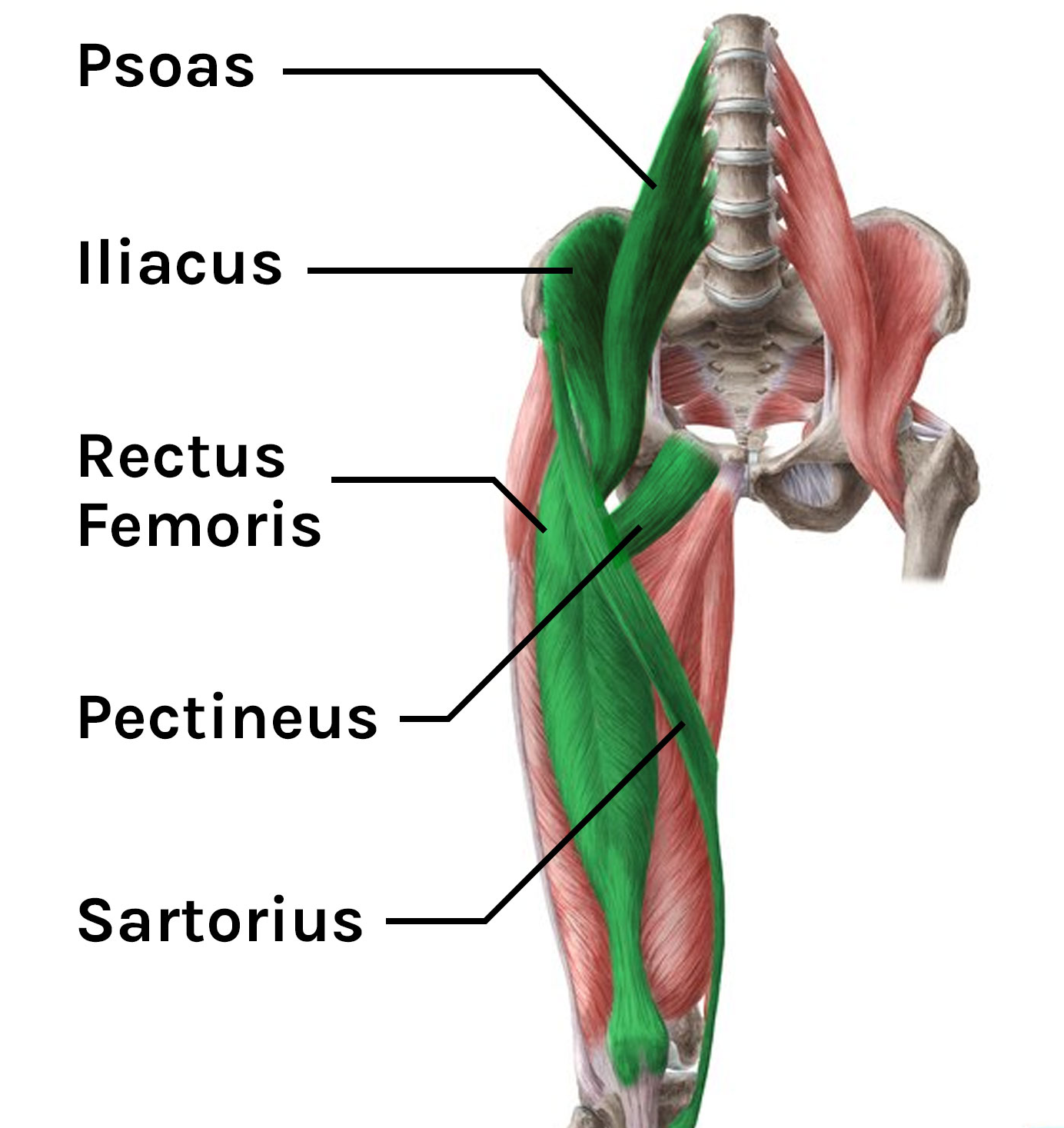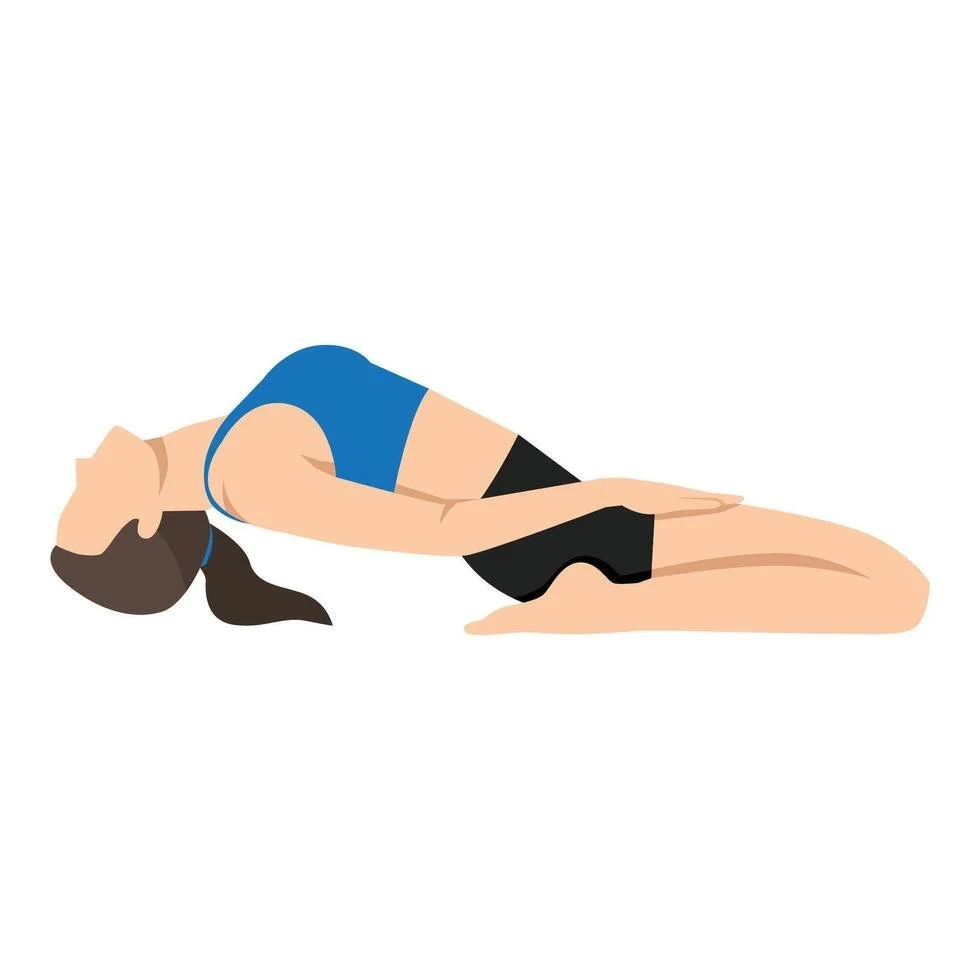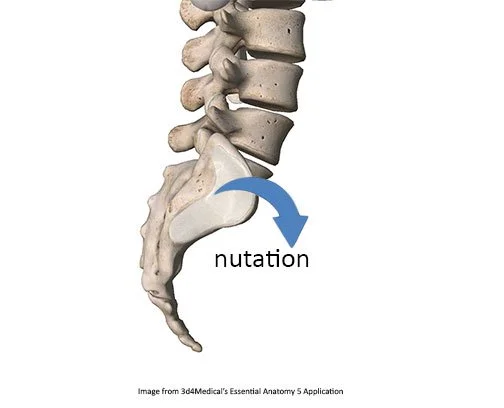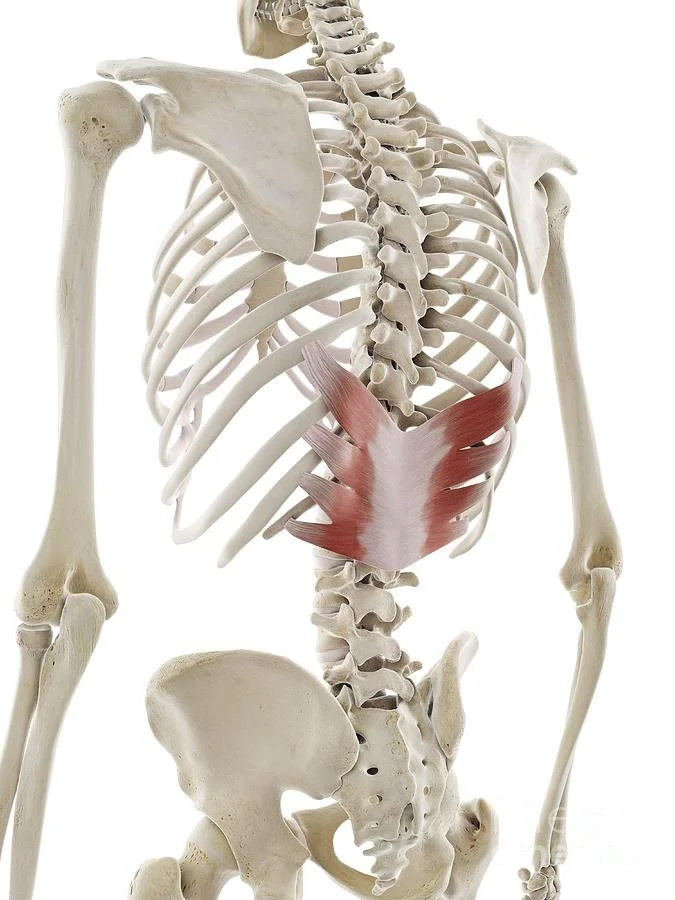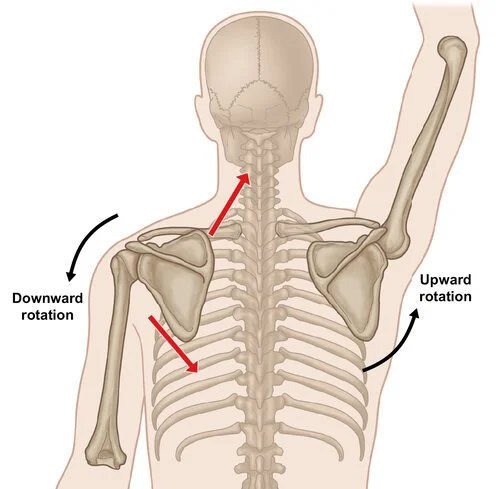How to back bend safely
How to backbend without crunching your low back.
Some movement patterns are less complex and easier to teach to a wide group of people. Backbending on the otherhand is more complex and differs quite a lot from person to person. Some people i would call more of a ‘natural backbender’, as in when observing thier movement patterns, it comes easier to them and doesn’t require so much input from myself as a teacher to correct or instruct them how to do it. I was definitely not a natural backbender.
After years of competetive sports that didn’t really involve any type of extension in the spine or external rotation of the shoulder, back bending for me was extrememly diffult for many years. Tight shoulders, tight hip flexors and years of on and off lower back pain didn’t set me up for a an easy ride, but with enough consistent and intelligent practice this has changed and now it’s a movement I love to do. I find that the postures we struggle the most with usually end up becoming the one’s you enjoy the most.
I did what most students do, especially in the beginning when we start back bending, I pushed all of my energy into the place that moved the most. The lumbar region of the back. This created more tension in my back and didn’t open the tight areas whatsoever that need to be open to have a nice healthy back bend where we distribute the bend throughout the whole of the spine.
We actually want to push into the lumbar region at the very end of the movement pattern
There are many factors and things that need to be in place so we can bend backwards without crunching our lower back that i will go through to give you some insight on where you might be going wrong and how you can work towards creating more space to open the front side of your body more.
We say back bending, but really it would be better to describe it as front stretching as it’s the front of the body we are mostly trying to open as we stregthen the back muscles. This is a better way to think about bending backwards.
I am going to use Urdhva Dhanurasana as my primary example here as it’s such an excellent posture but also it’s the main backbend to me that encompasses all the necessary movements we need to back bend fully.
Urdhva Dhanurasana
Let’s start with the lower half of the body.
Mostly what is necessary, is for sufficient length to be in the quadriceps and the hip flexors, specifically the rectus femoris and the psoas.
As we can see in the illustration above these muscles are responsible for flexion of the hip and spine and if these muscles in particular are short, then it makes hip extension and spinal extension difficult to the point where we may start to crunch / compress the lunbar region.
Pay particular attention to the psoas muscle and where it attatches to the lower vertebre of the spine, the pelvis and the leg. This is an area I pay particular attention to when back bending as i am generally looking for a stretch on the front side of my body and in this particular fascial line. Again, we want to bring our attention to the front side of the body to back bend and not the lower back.
There are lots of excellent postures to open the front of the hip but what i would suggest you begin with is supta vajrasana. This is a great posture to work relatively passively in to lengthen the front of the quads and start to journey of openeing the psoas. This should be relatively easy before you begin trying bridge. You can start by leaning back on your hands or using a bolster to support your back as your progreess to lying flat on your shoulder blades.
Supta Vajrasana
Now lets look at the action of the pelvis in a backbend
In most yoga classes a common instruction is the tuck the tailbone ( posterior tilt ) and squeeze your bum. This is not incorrect, but it will only work for some backbends and not for all students. Initially this can create some space in the low back but if you want to progress into deeper backbends it is the opposite movement we must cultivate. Wht we are looking for is nutation.
Nutation
If we initiate a backbend with a postier tilt we close off opening the upper back as we tuck the tail bone. We actually want to initiate the back bend in nutation with an anterior tilt to start creating length at the front of the hip. You can imagine the front of your hip dropping down as we soften the lower back to move into the natural shape of the spine.
Once we initiate the back bend with nutation, then we can start to begin to engage the gluteal muscles, hamstrings and quads to entend the hip foward and to lengthen the hip flexors. This takes practice to cultivate but is very important, especially in deep backbends.
How should we breathe in backbends.
Generally speaking within our yoga practice we want to be making a concentrated connection to our diaphragm and out abdominal muscles. Your diaphgram is the main muscle we use to breathe and this plays an especially important role when we bend backwards.
The Diaphragm
When you take a full inhalation your diaphragm contracts, expanding out and wide. When you naturally exhale the diaphragm depresses. As you can see from the illustration above the diaphragm is a dome shaped muscle that we have to train when we take a full diaphragmatic inhalation. When this happens we open the muscles between the ribs ( intercostal muscles ) and the fascia surrounding those muscles.
You will also notice that the diaphragm is attached anteriorly to the xiphoid process and costal margin, laterally to the 11th and 12th ribs, and posteriorly to the lumbar vertebrae. It also attatches to the psoas. How we breathe diaphragmatically has a direct connect to how we bend backwards and the mobility of our spine.
When you breathe in and expand your diaphragm you are ideally looking to expand your diaphragmn out and wide but also down. The key is to keep this width and space when you exhale. This takes some practice to cultivate the necessary action but it allows you to keep breathing, even in very deep backbends where the deeper you go the diaphragm compresses making it harder to breathe.
Keeping the diaphragm open also makes the necessary space at the back of the ribs such as the serratus posterior inferior.
Serratus Posterior Inferior
Now lets talk about shoulder mobility in backbends.
Different backbends will require differet movements of the shoulder but for the sake of this article and the discussion around Urdhva Dhanruasana we will talk about external rotation and flexion. Bringing our arms over our head.
To fully straighten the arms in bridge we need to have the necessary opening of the lats, pecs and the thoracic region of the upper back. Often when students are unable to straighen the arms, it can feel like you just hit a road block. The movement just stops.
What we re actually doing is trying to move the scpula into the correct position so the chest can open and the arms can striaghten. If the muscular tissue and fascia is restricting this movement it will feel stuck. So every time we try and press up we are meeting that resistance, and what i often see is students fall back to pushing into thier lumbar region ( which moves easliy ) instead of doing the necessary work of opening the lats and shoulders. It’s hard work but necessary to back bend safely and to stop crunching your lower back.
External rotation and flexion of the shoulder bringing the scapula into an upward rotation.
The are many ways to open the shoulders, Urdhva Dhanurasana being an excellent one, but i usually suggest practitioners start with Uttana Shishosana ( puppy ) on the floor or against a wall, working correctly in down dog, lying back on a block to open the upper back and chest and also hanging from a bar to help open the lats to name a few ways.
Uttana Shishosana
If you are interested in learning more about how to backbend and other yoga / mobility practices check out my Better Mobility Guide below.

